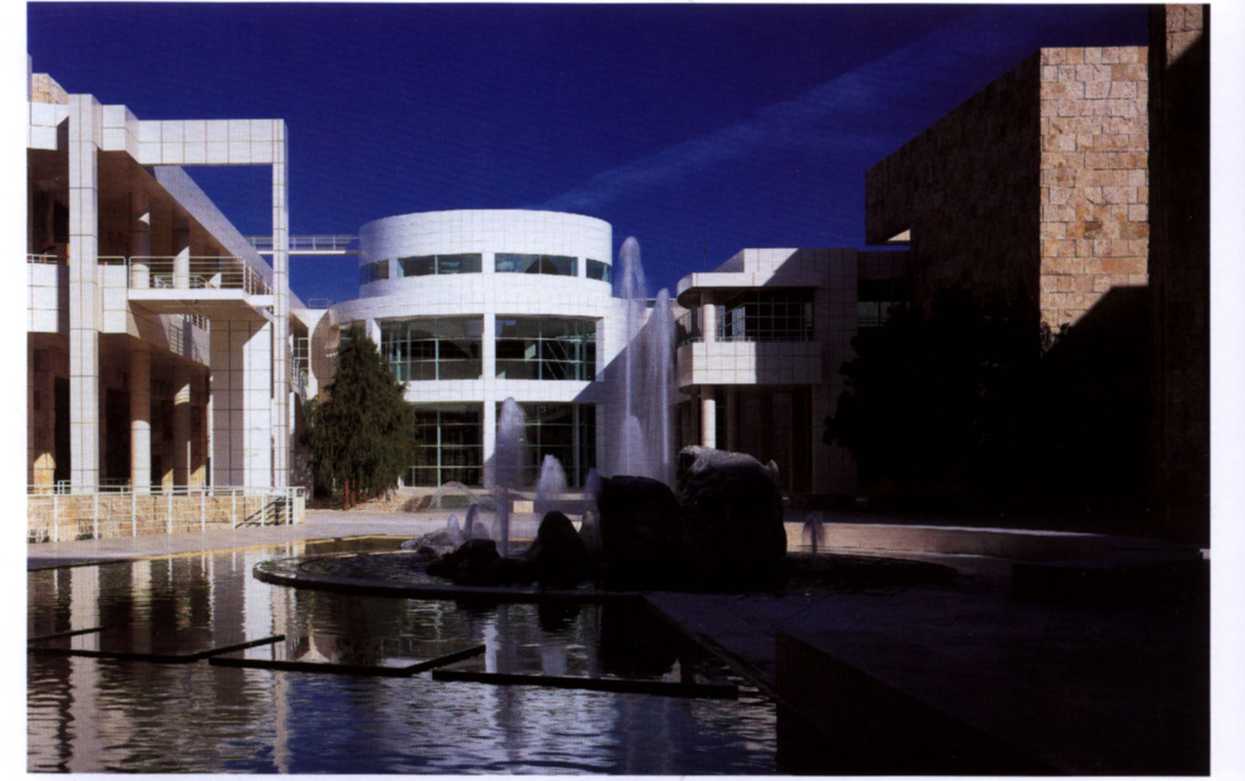68032 New Forms Taschen 007


The Magnificent Seven
It was no accident that the seven architects chosen forthe Museum of Modern Art's "Deconstructivist Architecture" exhibition have remained amongst the most influ-ential figures in international architecture. Although interest in Deconstructivism waned rather quickly, the original link between these figures was at best tenuous. They were quite simply some of the most original minds in the field, and their continued success is morę a tribute to their personal inventiveness than it is to the dominance of a group.
Bom in Toronto in 1929, but long a resident of Southern California, Frank O. Gehry, for one, is a craftsman of architectural forms distinguished by his close con-nection to the art world. In his 1989 acceptance speech for the coveted Pritzker Prize, hesaid: "My artist friends, like Jasper Johns, Bob Rauschenberg, Ed Kienholz and Claes Oldenburg, were working with very inexpensive materials - broken wood and paper - and they were making beauty. These were not superficial details, they were direct, and raised the question in my mind of what beauty was. I chose to use the craft available, and to work with craftsmen and make a virtue out of their limi-tations. Painting had an immediacy that I craved for in architecture. I explored the process of new construction materials to try giving feeling and spirit to form. In trying to find the essence of my own expression, I fantasized that I was an artist standing before a white canvas deciding what the first move should be."3 It will be argued here that one of the most important factors in emerging new forms^is a renewed link between art and architecture. Frank O. Gehry has been an outstand* ing pioneer of a movement that is undoubtedly far morę profound than ephemeral Desconstructivist theories. He has helped to return architecture to the place it long occupied as one of the major arts.
Introouction 9
Wyszukiwarka
Podobne podstrony:
47870 New Forms Taschen 214 Notes 1 Wigloy, Mark, in: Deconstruc-twist Architectur
New Forms Taschen 002 The decade sińce the mid-1980s has seen an unparalleled surge in architectural
New Forms Taschen 187 the work of Hermann Finsterlin. Deborah Dietsch brings these Johnson reference
New Forms Taschen 214 Notes 1 Wigloy, Mark, in: Deconstruc-twist Architecture. The
47870 New Forms Taschen 214 Notes 1 Wigloy, Mark, in: Deconstruc-twist Architectur
50770 New Forms Taschen 154 the lines between art and architecture, Richard Meier replies, "No.
New Forms Taschen 197 The European Crucible Sir Norman Foster s 1995 projea for the SECC Conference
New Forms Taschen 091 Fumihiko Maki National Museum of Modern Art Kyoto. Japan, 1983-86 Fumihik
więcej podobnych podstron